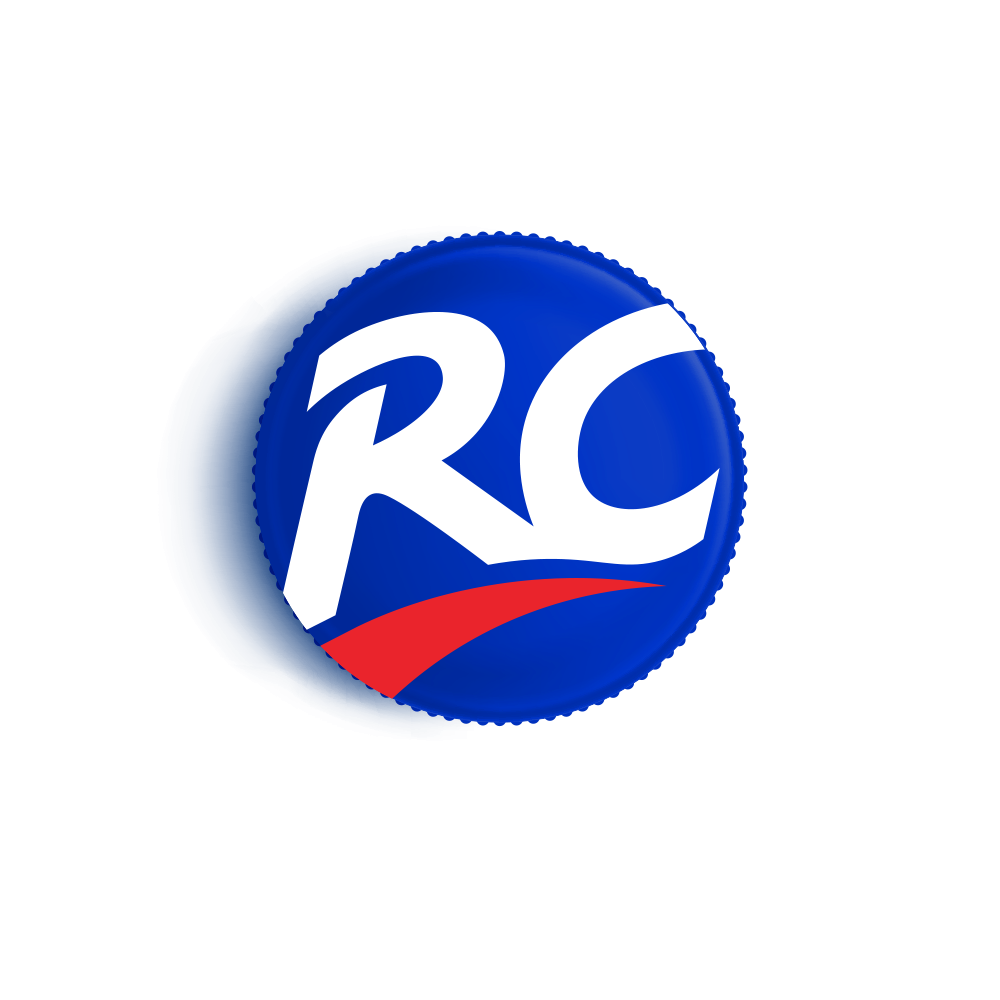At RC Cola, we are proud of our long and successful 115 year history.
Throughout the years, RC Cola has always been a driving force behind innovation in the beverage industry. This remains true today as we continue to produce innovative beverages and work with bottlers around the world to contribute to the growth of the industry.
And now, we’re marking our 115th anniversary by celebrating these accomplishments.
So, let’s take a step out of the “Here & Now” of the beverage industry and put today’s trends and consumer preferences - such as those for all-natural ingredients and environmentally friendly packaging - in context by taking a brief peak at our lengthy history.
Taking a Look at the First Soda Bottles in the US
Soda bottling started in the 18th century – when glass bottles were still handmade. Bottles were manually filled, and as a result, they were relatively expensive.
Consumers purchased drinks that were provided in bottles and after enjoying, would return the empty bottles. Or, when they purchased drinks, they would bring their own bottles to fill.
But by the end of the 18th century, technological innovation led to bottles being mass produced by machines. Slowly, across the bottling industry, the machines started to replace human bottle blowers. The cost of bottles dropped and the purchase of bottled soda became more popular.
…And Then Came the Cans
Cans started to dominate the bottling industry in the mid-1950s.
The first commercial cans became available for purchase in 1935 in Richmond, Virginia. RC Cola slowly started to make inroads into the beverage market.
A significant shift took place in 1959 when Ermal Fraze devised a can-opening method – what was then called the “pull-tab” – that would eventually dominate the bottling market.
RC Cola led this shift in the soda industry. The company became the first to nationally distribute soft drinks in steel cans in 1954. Later, RC Cola also became the first to use all-aluminum cans.
Why the Bottling Industry Started Using Plastic
In 1947, plastic bottles started to be used commercially. They remained relatively expensive until the early 1950s, when high-density polyethylene was first introduced.
At that point, plastic bottles quickly became popular with manufacturers and consumers because of their lightweight nature and low production and transportation costs. As pointed out by Laura Parker of National Geographic, there was nothing to indicate that plastic bottles were anything but good.
According to Peter Gleich, Co-Founder and President Emeritus of the Pacific Institute in Oakland California, and author of Bottled and Sold: The Story Behind Our Obsession with Bottled Water, “The plastic bottle transformed the beverage industry and it changed our habits in many ways.”
This love affair with plastic bottles was relatively short-lived. As Bill Sipper on Waste Advantage Magazine points out, in the 1960s plastic waste was first observed in the oceans – an event that contributed to today’s growing consumer preference for beverage products such as Royal Crown craft soda, which comes in old-fashioned, glass bottles.
RC Cola - At the Forefront of Innovation
From a small, family-owned business in 1905, RC Cola has always continued to grow and develop. By 1925, over 300 bottlers were part of a bottling network producing Chero-Cola, and an additional 260 bottlers produced fruit-flavored products under the brand Nehi.
By 1958, we were even larger, and became the first to introduce the 16-ounce bottle, a personal size larger than the 8-ounce standard bottle at the time. And in 1962, we were the first soda company to launch a sugar-free soda, under the name of Diet Rite.
The ability to keep up with trends continues over the years. In 1987 we began producing beverages with 100% Nutrasweet that are caffeine-free and calorie-free. In 1995, we launched the first premium draft cola with pure cane sugar. And in 2015 we produced RC Neo, with half the calories of regular soda, made with natural flavors and sweeteners, and packaged in a glass bottle.
Keep Up with Today’s Hottest Trends and Grow Your Bottom Line with RC Cola
So much has changed in the beverage industry since 1905, when Claud A. Hatcher, a pharmacist in Columbus, Georgia in the U.S., first started experimenting with soft drinks, and created what later became RC Cola International.
Over the years, the company has grown and changed, and continued to believe in the key importance of innovation.
And we have many milestones to show for it. Download our ebook to learn more about the many innovations that RC Cola has introduced over the years! It’s time for us to celebrate our long history of successful innovation.




